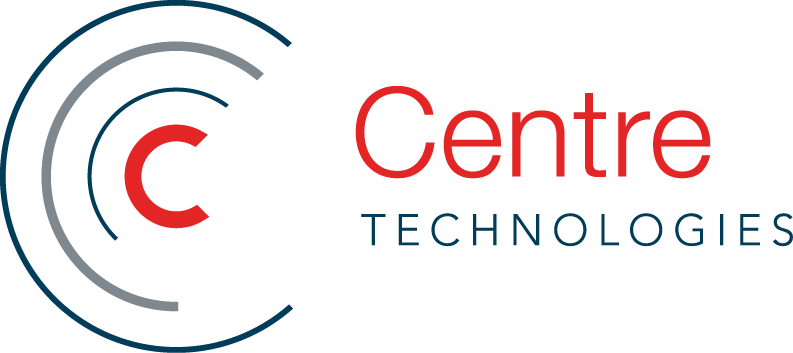UPDATED October 5, 2023
Recovery point objective (RPO) is a critical metric in the overall scheme of your disaster recovery and business continuity strategy which keeps you afloat in the event of a disaster. As opposed to recovery time objective(RTO), RPO is the point in time at which your data was last saved. This is important because it is this data which is recoverable. Any data saved or created outside of your RPO window cannot be easily recovered.
Disaster can strike at any moment. It's the unfortunately shadow that looms over ever SMB. While it is important to create a holistic Backup and Disaster Recovery plan, zeroing in on your RPO is as important as any step in that process. And time is of the essence.
For example, if your data is backed up every night via tape-based disaster recovery systems, your RPO is defined as (about) 24 hours. Your RPO is simply the earliest point at which you can reclaim data in the event of a power outage, natural disaster, or other data loss incident. If you're not sure how to calculate your RPO, use this checklist to start.,
What are Your Recovery Point Objective needs?
TechTarget says, “Once the RPO for a given computer, system, or network has been defined, it determines the minimum frequency with which backups must be made.” Your IT solutions provider will ask you to gauge an “acceptable” RPO. This keyword, “acceptable,” helps you define:
- What type of data is most critical to running your business
- How often new and irreplaceable data is created
- How quickly you need to access this information to run your business
- How often you need to back up your data
This “acceptable” point backwards in time dictates what type of information you will be able to recover. This metric is indispensable when planning your overall DR strategy. You do not want to over prepare and pay too much. However, you also do not want to under prepare and be struck with unexpected data loss.
easy Ways to Lower Your RPO
The same TechTarget article says, “The RPO is expressed backward in time (that is, into the past) from the instant at which the failure occurs, and can be specified in seconds, minutes, hours, or days.” Many enterprise IT solutions providers encourage their clients to aim for sub-15 minute RPO’s. Modern disaster recovery technology makes attaining this goal both scalable and cost-effective.
Method 1: Automatic Cloud Backup
Cloud backup offers a flexible and cost-effective way to schedule automatic backup. Enterprise cloud backup can be scheduled to send copies of your data (spreadsheets, documents, files, SaaS files, and more) to an offsite repository. Work with a cloud computing provider that offers 24/7 support, environment monitoring, and military-grade security. This solution lowers your RPO with scheduled backups every few minutes.
Method 2: Hypervisor-Based Data Replication
Hypervisor-based data replication solutions like from Veeam or VMware offer the best basis for low RPO’s, and a fairly quick RTO (recovery time objective) as well. Technology that replicates your data creates an exact copy, a snapshot, of your entire system and saves it to the datacenter, allowing you to recover it at any time after the loss incident. This type of solution offers some of the lowest RPO’s, and best DR strategies, on the market.
Method 3: WAN Optimization
WAN optimization solutions change the way packets of data are sent to and from your business to the datacenter via the internet. With a WAN optimization solution, information is transferred faster and more comprehensively over the network. This means that more of your information is being sent to the datacenter at faster intervals, lowering your RPO through virtue of transfer speed.
Choosing the Right Method
Determining your recovery point objective is only the first step in designing an overall disaster recovery strategy. You need to know how much data you can afford to lose after an incident and the more prepared you are, the better. Get the support and guidance you need with enterprise services including consulting, assessment, and staffing from Centre Technologies. Contact us for more information about our disaster recovery and business continuity solutions today.


 Emily Kirk
Emily Kirk